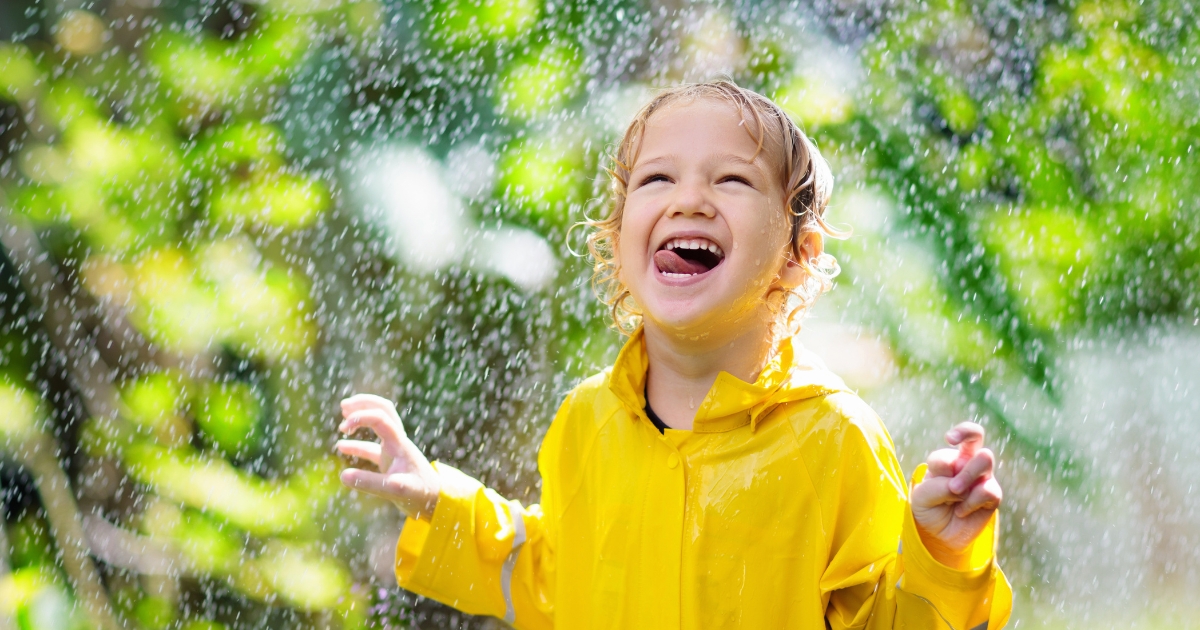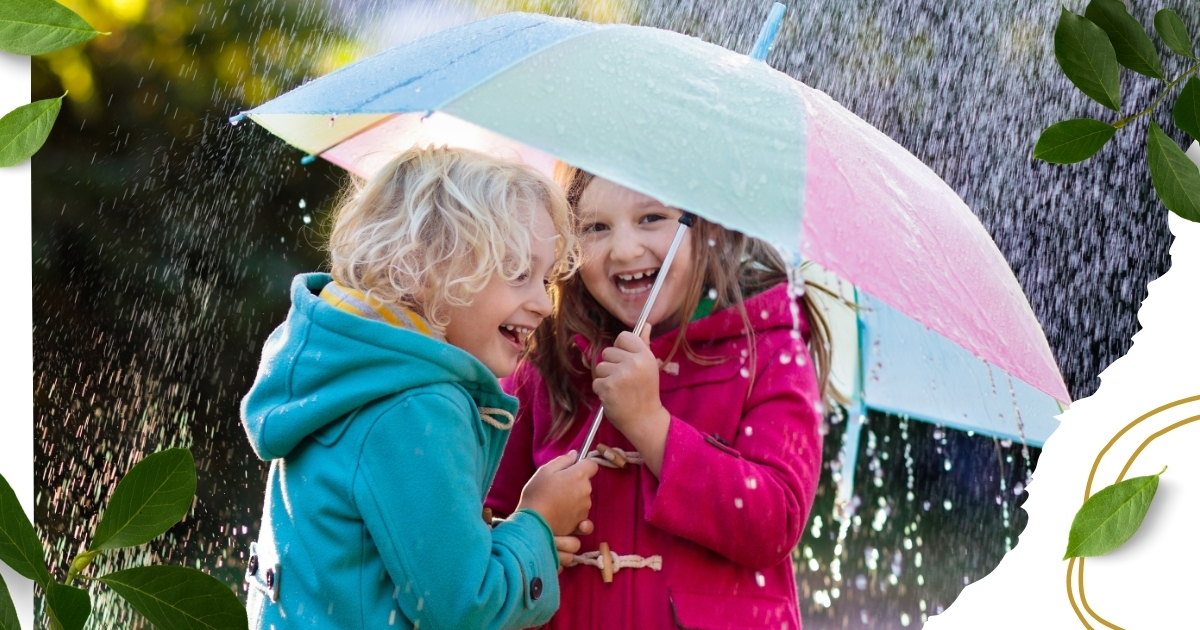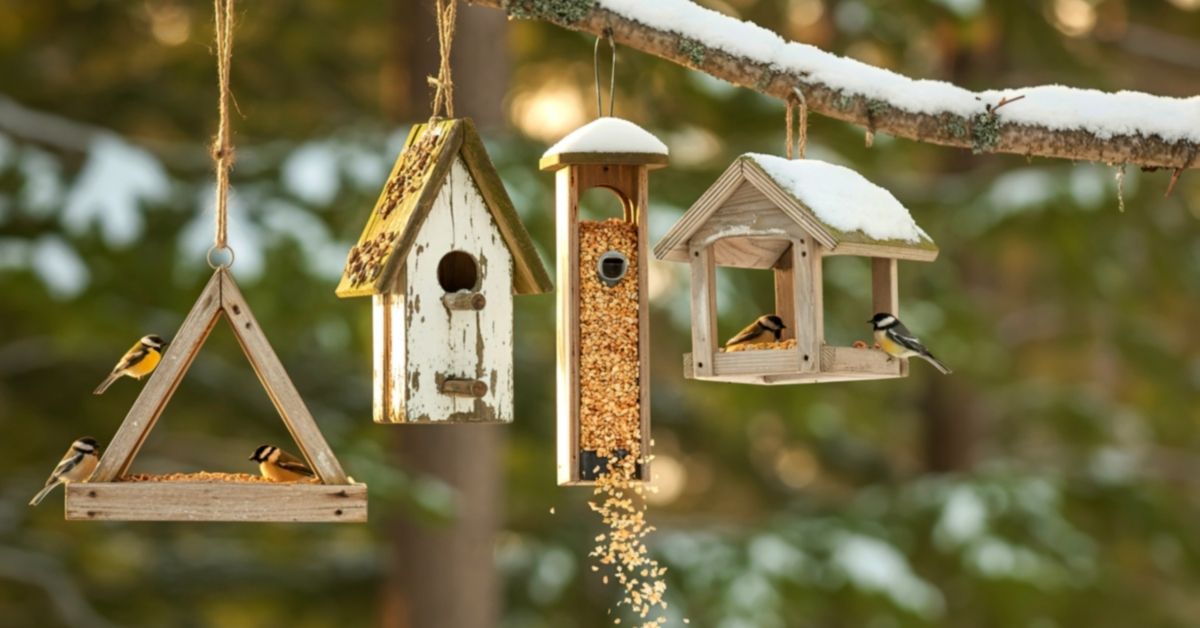Nature study holds a unique place in the world of homeschooling. For parents who follow the Charlotte Mason philosophy, this practice is an enriching way to encourage children’s observational skills, curiosity, and connection with the world around them. Rain, often seen as a hindrance to outdoor learning, can actually become an exciting opportunity for discovery and engagement.
Below are practical tips, activities, and insights into how to include rainy days as part of a well-rounded Charlotte Mason nature study.
Making The Most Of Rainy Days For Nature Exploration
Rain transforms the natural world into a fascinating sensory experience, perfect for curious learners. Here’s how homeschooling families can incorporate rainy-day exploration into their Charlotte Mason nature study method.
Essential Rain Gear for Comfort and Exploration
Preparing for rain doesn’t have to mean canceling outdoor activities. The right gear can make the experience enjoyable and safe for children. Consider investing in the following essentials to ensure comfort while exploring nature in wet weather:
- Waterproof clothing: Outfit your children with raincoats and waterproof pants. These will keep them dry and allow them to move freely.
- Rain boots: Durable rain boots prevent soggy feet and make puddle-splashing more fun. Look for boots with good traction to avoid slips.
- Hats or hoods: These keep rain off children’s faces and prevent discomfort.
- Lightweight gloves (if it’s chilly): These add warmth while leaving hands free to explore puddles, leaves, and other intriguing natural elements.
When children are properly dressed, they can enjoy exploring the world during a rainstorm without worry, turning what may seem like an obstacle into an adventure.
Rain Observation Walks
Conducting a simple nature walk in the rain is one of the best ways to connect with the rhythms of the environment. Encourage your children to put on their gear and step outside to observe the changes the rain brings.
Here’s how to plan a rain observation walk:
- Sensory focus:
-
- Ask kids to listen to the sound of raindrops falling on trees, roofs, or the ground. How does it differ when raindrops hit different surfaces?
-
- Explore how the air smells after rainfall. Scientists call this smell “petrichor,” which is caused by oils and chemicals released from soil and plants.
- Rain’s impact on plants and animals:
-
- Draw attention to how raindrops collect on leaves. Younger children might enjoy counting the droplets or comparing their sizes.
-
- Look for earthworms, snails, or other creatures that are more active in wet conditions. Discuss why they appear during rain.
- Keep a wet-weather journal:
-
- Encourage children to sketch what they see or write a few lines describing how the rain changes their surroundings.
This activity fosters mindfulness while teaching children to pay close attention to the environment.

Indoor Extensions for Rainy Nature Study
Not every rainy day will lend itself to outdoor exploration. Fortunately, there are many ways to continue nature study indoors that align with the spirit of the Charlotte Mason philosophy.
Rain Observation Through Windows
If venturing outdoors isn’t practical due to strong winds or other conditions, children can still observe rain from the comfort of home. Make window-watching an intentional activity with these suggestions:
- Raindrop races:
-
- Watch how individual raindrops slide down the window. Use this to ask playful questions like, “Which raindrop will win?” or “Why does this drop move faster?”
- Study cloud formations:
-
- Observe the sky’s changing colors and cloud shapes during rainfall. Ask children to draw what they see.
- Track rainfall:
-
- Set up a rain gauge outside. Each morning or afternoon, ask children to measure how much rain has collected and create a simple chart to log the data over the week.
Storytelling and Artistic Activities
Rain has inspired countless works of art, music, and poetry. Bring that inspiration into your homeschool by integrating creative activities like these:
- Write a rain poem:
-
- Encourage children to express how the rain makes them feel through words.
-
- Share examples of famous rain-themed poems for inspiration, such as Robert Louis Stevenson’s “Rain.”
- Create rain-inspired artwork:
-
- Use materials like watercolor paints to mimic the look of raindrops splashing. Alternatively, children can create crayon etchings to replicate the textures of rain-soaked leaves and sidewalks.
- Listen to rain-themed music:
-
- Classical pieces like Chopin’s “Raindrop Prelude” can set a reflective mood for children to connect their emotional responses to the sound of rain.
These indoor projects allow children to broaden their perspective on rain, blending academics with creativity.
Observing The Science Of Rain In Nature
The Charlotte Mason homeschooling approach equips parents to develop children’s natural curiosity by encouraging hands-on learning. Rain offers endless avenues to explore scientific principles and deepen understanding of the natural world.
Even young children can benefit from observing how rain interacts with the environment. By engaging in these activities, they’ll gain a deeper appreciation and knowledge of the forces that shape our planet.
- Water cycle in action:
-
- Take time to explain how rain fits into the larger system of the water cycle. Help children visualize evaporation, condensation, and precipitation.
-
- Use a simple at-home experiment to demonstrate condensation. For example, place ice cubes in a jar and watch how water droplets form on the inside of the jar—just like raindrops in clouds!
- Rain and soil interaction:
-
- If possible, take a bit of soil from the garden and place it in two trays—one moist from rain and one dry. Encourage children to notice the differences in texture, color, and smell.
- Discuss how rain nourishes plants and keeps soil fertile.
- Puddle science:
-
- Local puddles can be small ecosystems all their own. Watch closely for creepy crawlies like insects or animal tracks. These observations teach children to appreciate life’s interconnectedness.
Through these experiments and sensory activities, children will see the value of rain beyond its utility, aligning curiosity with tangible outcomes.
Journaling And Reflection
Charlotte Mason put great emphasis on journaling, reflection, and narration as tools for learning. Rainy days are an ideal backdrop for this practice. Whether your children have ventured outside or observed rain through a window, ask them to record their discoveries and thoughts.
Journals don’t need to be perfect—it’s the act of engagement that matters most. Encourage kids to record nature notes in a way that feels natural to them. Their entries might include sketches of what they saw, descriptive writing about their experiences, or pasted photos of raindrops on petals.
For a more structured approach:
- Prompt children with questions like:
- “What was most interesting about the rain today?”
- “How do you think rainfall helps plants and animals?”
- “What other types of weather might have the same effect as rain?”
- Incorporate vocabulary:
- Teach children rain-related words like “drizzle,” “downpour,” and “mist.” Ask them to use these in their entries.
This reflective practice enhances observation skills and solidifies their understanding of the lessons learned through nature study.
Why Include Rain In Charlotte Mason Nature Study?
Rain is more than just a weather event—it’s an invitation for growth, patience, and wonder. Rain challenges children to see beauty and usefulness in aspects of the world that might often go unnoticed. By making it part of the homeschooling curriculum, parents can inspire a lifelong appreciation for the natural world in their children.
Rain-focused studies are particularly well-suited to Charlotte Mason’s nature philosophy because of their emphasis on experiential learning and intrinsic connection to the earth. Whether through observation, science experiments, or creative expression, rain can enrich a child’s understanding of our complex and interdependent ecosystem.
For homeschooling parents, these rainy-day activities meet both academic goals and encourage children to discover joy in the small, sometimes overlooked details of life. Rain doesn’t have to put a damper on learning—instead, it can spark inspiration, quiet reflection, and boundless curiosity.





